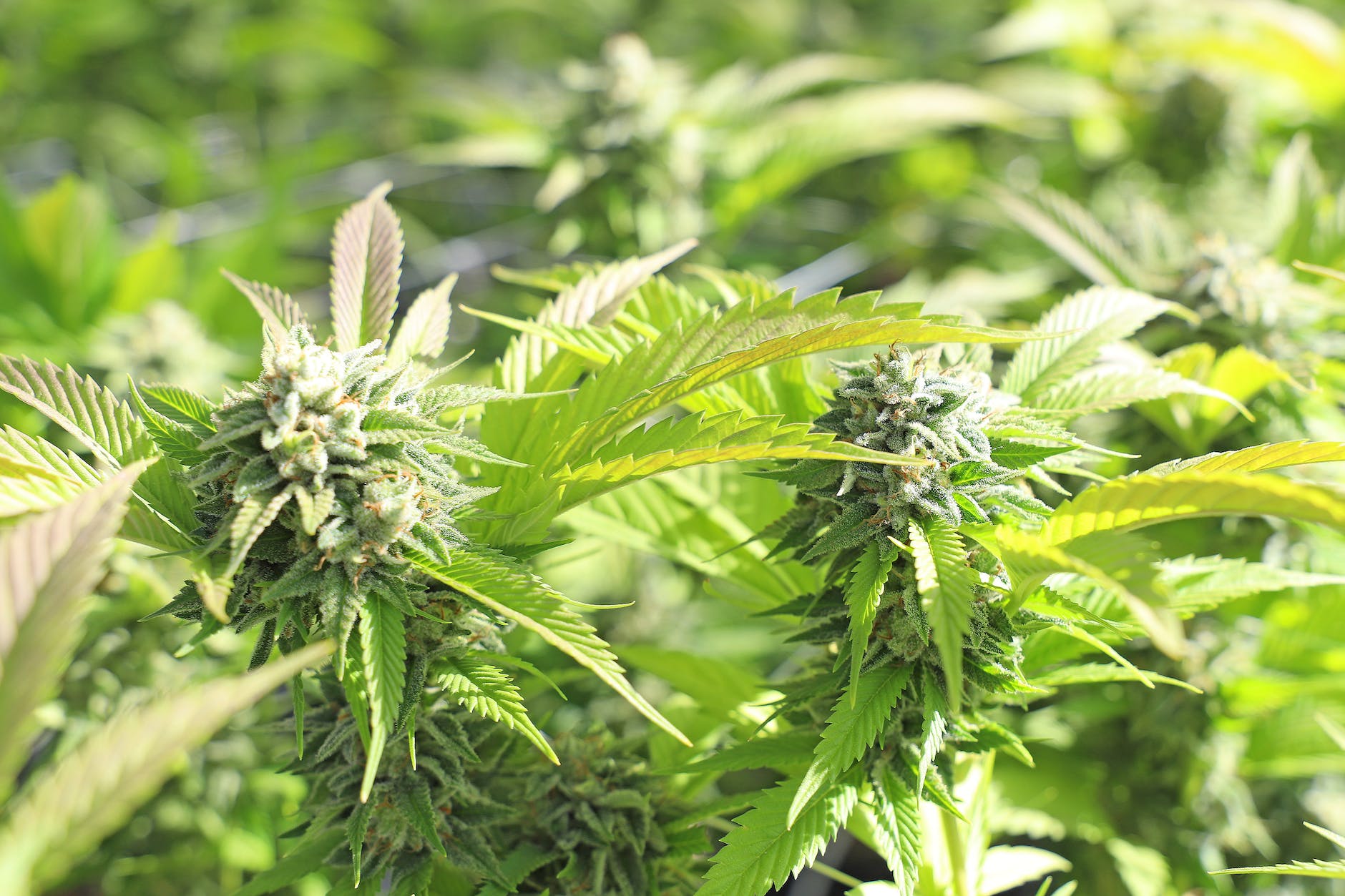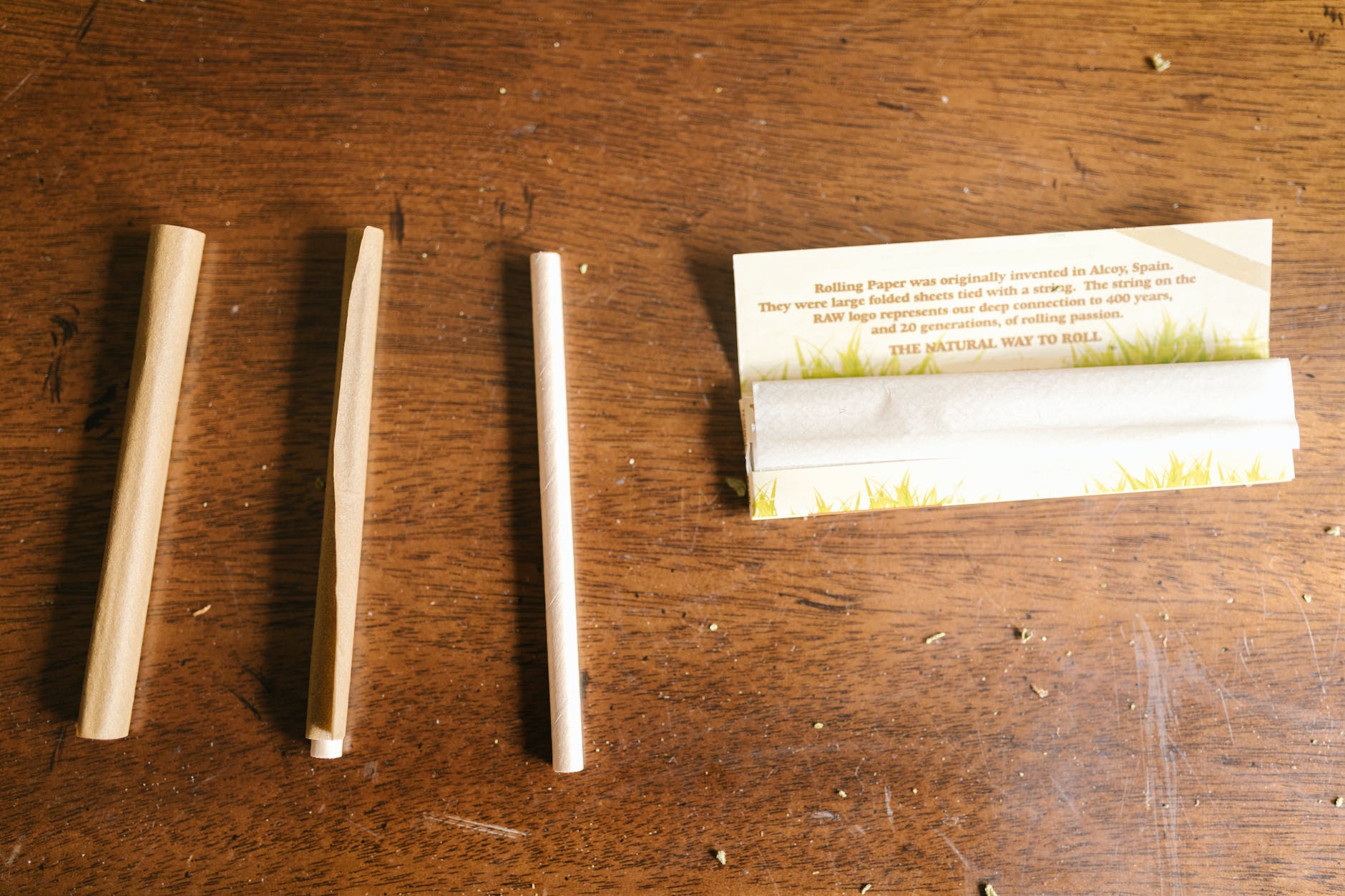Growing cannabis indoors has become increasingly popular, especially due to the growing interest in medical marijuana and the legalization of cannabis in several states. Indoor cultivation provides a controlled environment that ensures the growth of healthy and potent plants while avoiding unpredictable weather conditions. This guide will outline the steps on how to grow cannabis plants indoors, covering aspects like hydroponics, grow lights, soil, nutrients, ventilation, and trimming.
1. Choose your growing method
You can either grow cannabis plants in soil, which is the traditional and most natural method, or opt for hydroponics. Hydroponics is a soil-less system that enables plants to grow faster and yield higher harvests. Hydroponic systems are great for those who want to save space and water while optimizing plant growth. It’s essential to research the different hydroponics systems available to decide which one suits your needs best.
2. Select appropriate grow lights
Grow lights are an essential tool for indoor cannabis cultivation. They provide the optimal light spectrum to enhance growth and flowering. The four primary types of grow lights used for cannabis are High-Intensity Discharge (HID) lights, Compact Fluorescent Light (CFL), Light Emitting Diode (LED), and Ceramic Metal Halides (CMH). Each type has its features and benefits, so it’s vital to choose the right grow light for your setup.
3. Select quality soil
Cannabis plants thrive in soils rich in organic matter and minerals. You can purchase pre-made soils specially formulated for cannabis plants or create your own mixture. Ideal cannabis soil should have a pH level between 6.0 to 7.0 and contain nutrients such as nitrogen, phosphorus, and potassium. Using quality soil will help ensure your plants develop strong and healthy roots and promote better growth.
4. Provide essential nutrients
Nutrients are crucial for the growth and flowering of your cannabis plants. They require a proper balance of essential nutrients, including nitrogen (N), phosphorus (P), and potassium (K). You will need to provide extra nutrients during different growth stages, with some specialized formulas designed specifically for cannabis plants. Be sure to closely monitor your plants’ growth and adjust nutrient levels accordingly.
5. Ensure proper ventilation
Proper air circulation is essential for indoor cannabis cultivation. It helps to regulate temperature and humidity while providing fresh air for your plants to breathe. Installing an exhaust fan and oscillating fans in the grow room will help prevent mold, pests, and other issues that can arise from stagnant air. You should ensure your plants receive adequate ventilation throughout their entire growth cycle.
6. Manage the temperature and humidity
Temperature and humidity play a significant role in the growth and health of your cannabis plants. The ideal temperature for cannabis plants is between 70-85°F (20-30°C) during the vegetative stage and 65-80°F (18-26°C) during the flowering stage. Meanwhile, the optimal humidity levels range from 40-70%, depending on the growth stage. Maintaining the appropriate temperature and humidity will help to prevent issues like mold, pests, and stunted growth.
7. Trim and train your plants
Trimming and training help to optimize light penetration and promote an even canopy growth, resulting in higher yields and potent buds. You can use techniques like topping, low-stress training (LST), and Screen of Green (ScrOG) to achieve your desired plant structure, making the most of your indoor growing space. Proper trimming and training your plants increase the overall harvest and quality of your buds.
In conclusion, growing cannabis plants indoors can be a rewarding experience that enables you to cultivate high-quality and potent plants year-round. By carefully selecting your growing method, grow lights, soil, nutrients, and managing the ventilation, temperature, and humidity, you can optimize your indoor cultivation for the best results. Additionally, don’t forget to pay attention to regular trimming and training your plants to ensure a fruitful harvest.

